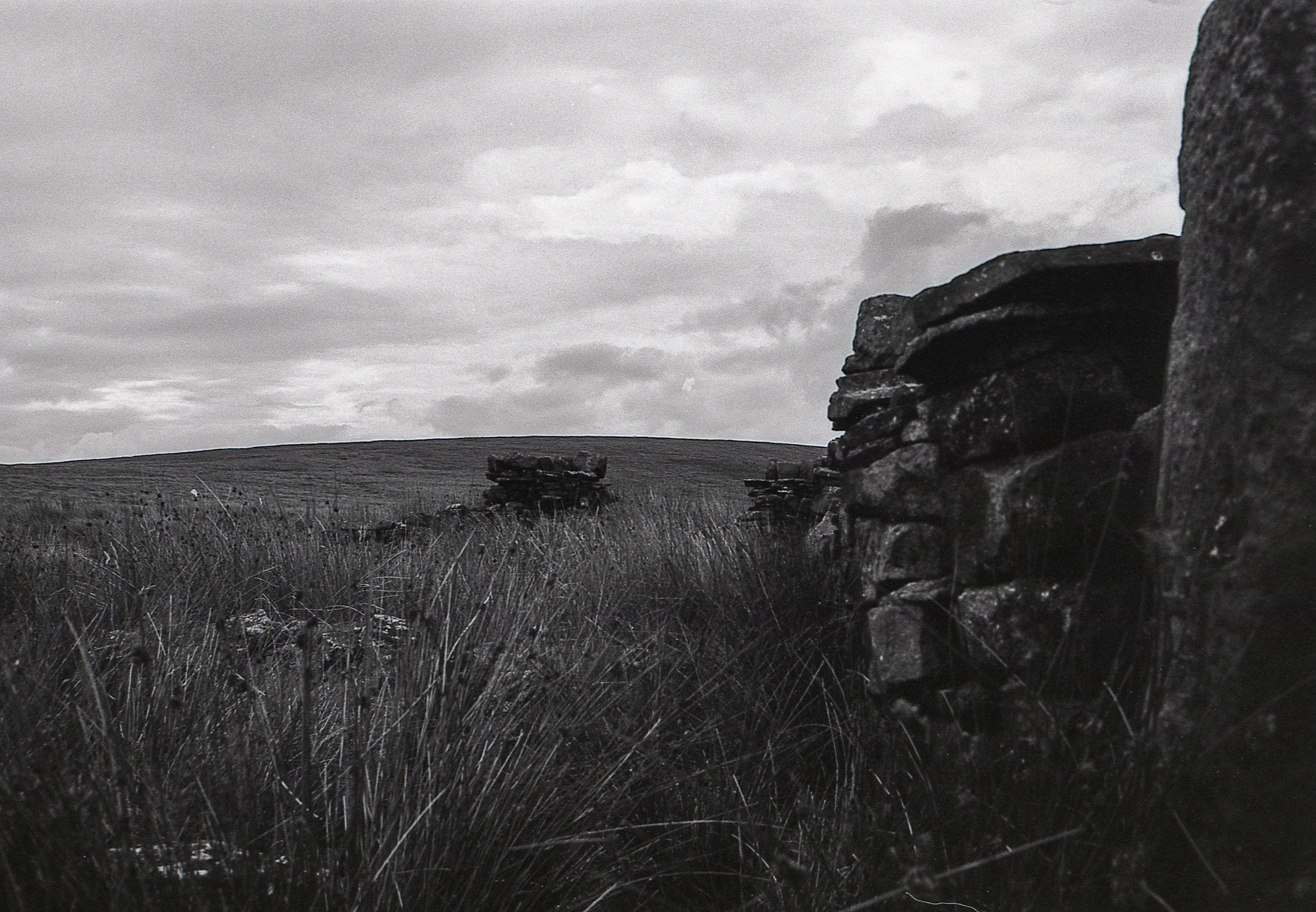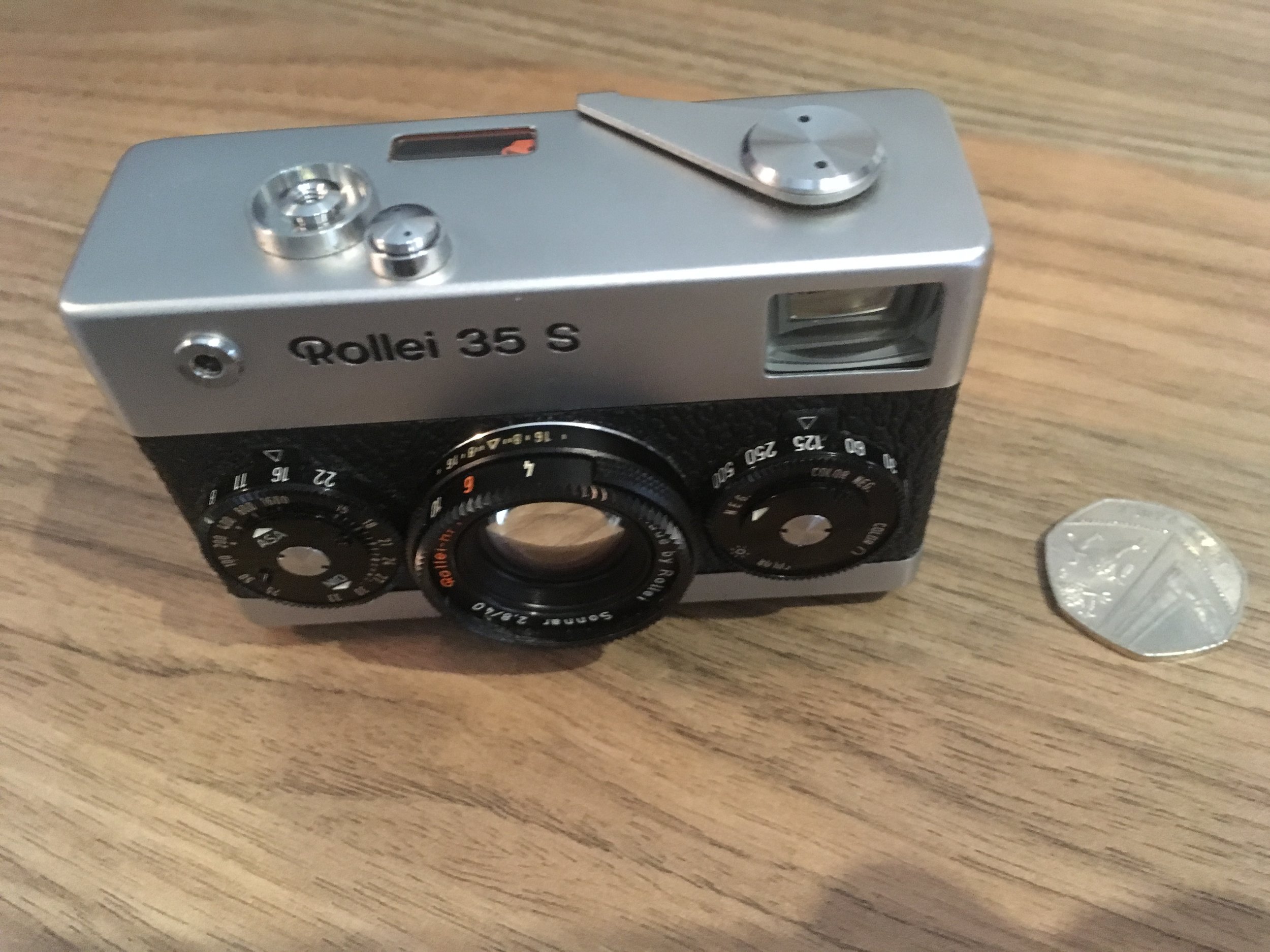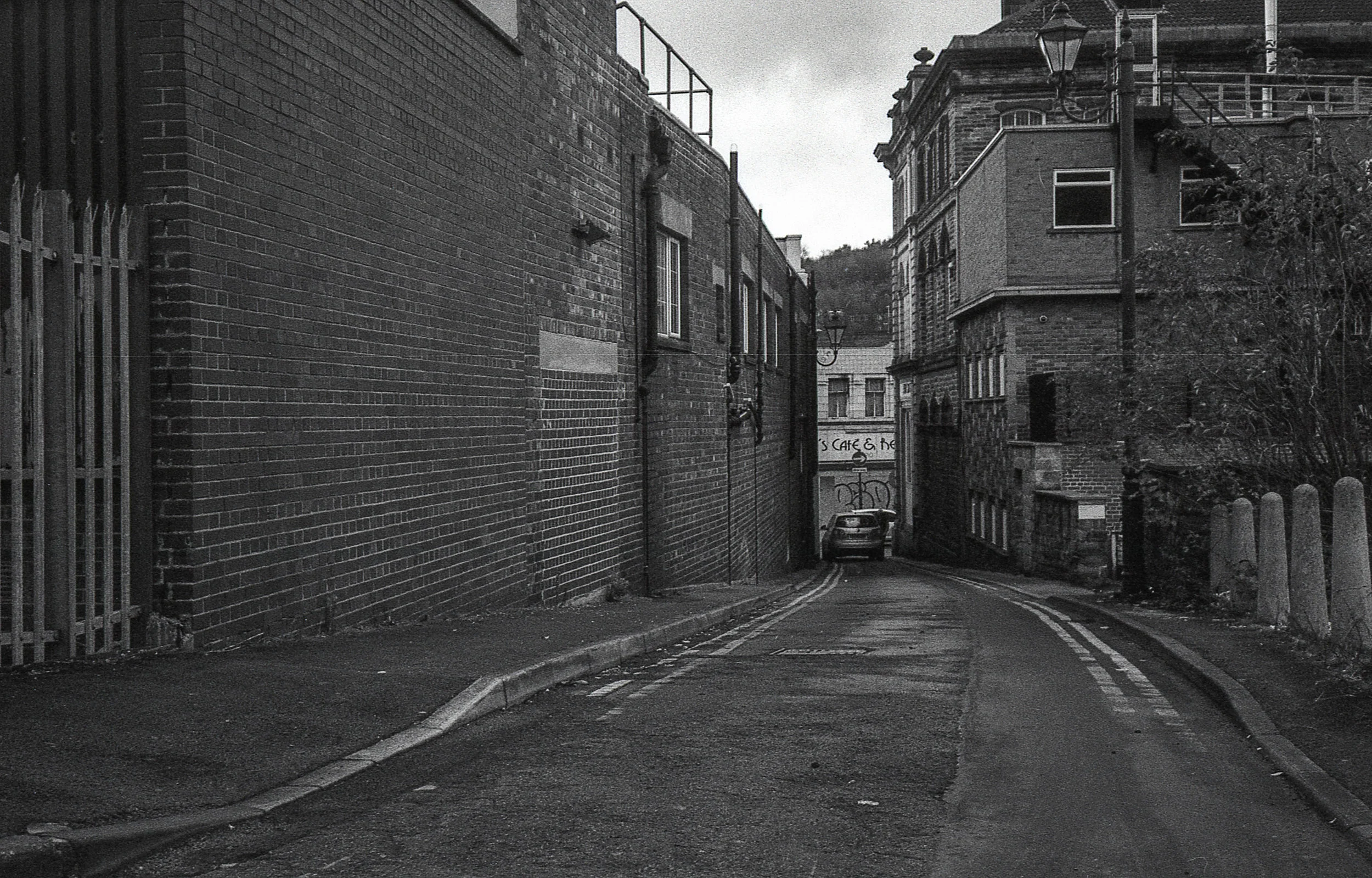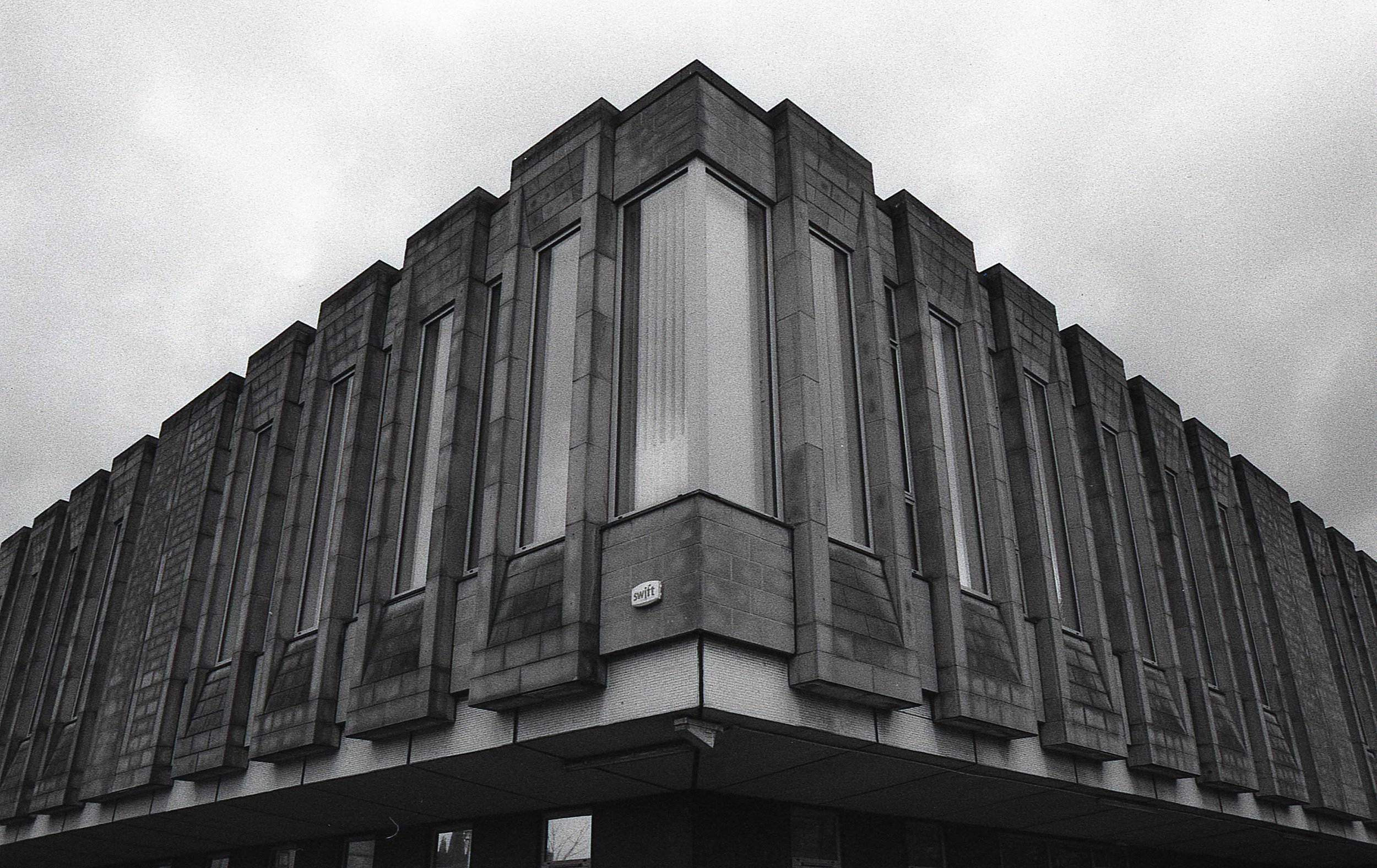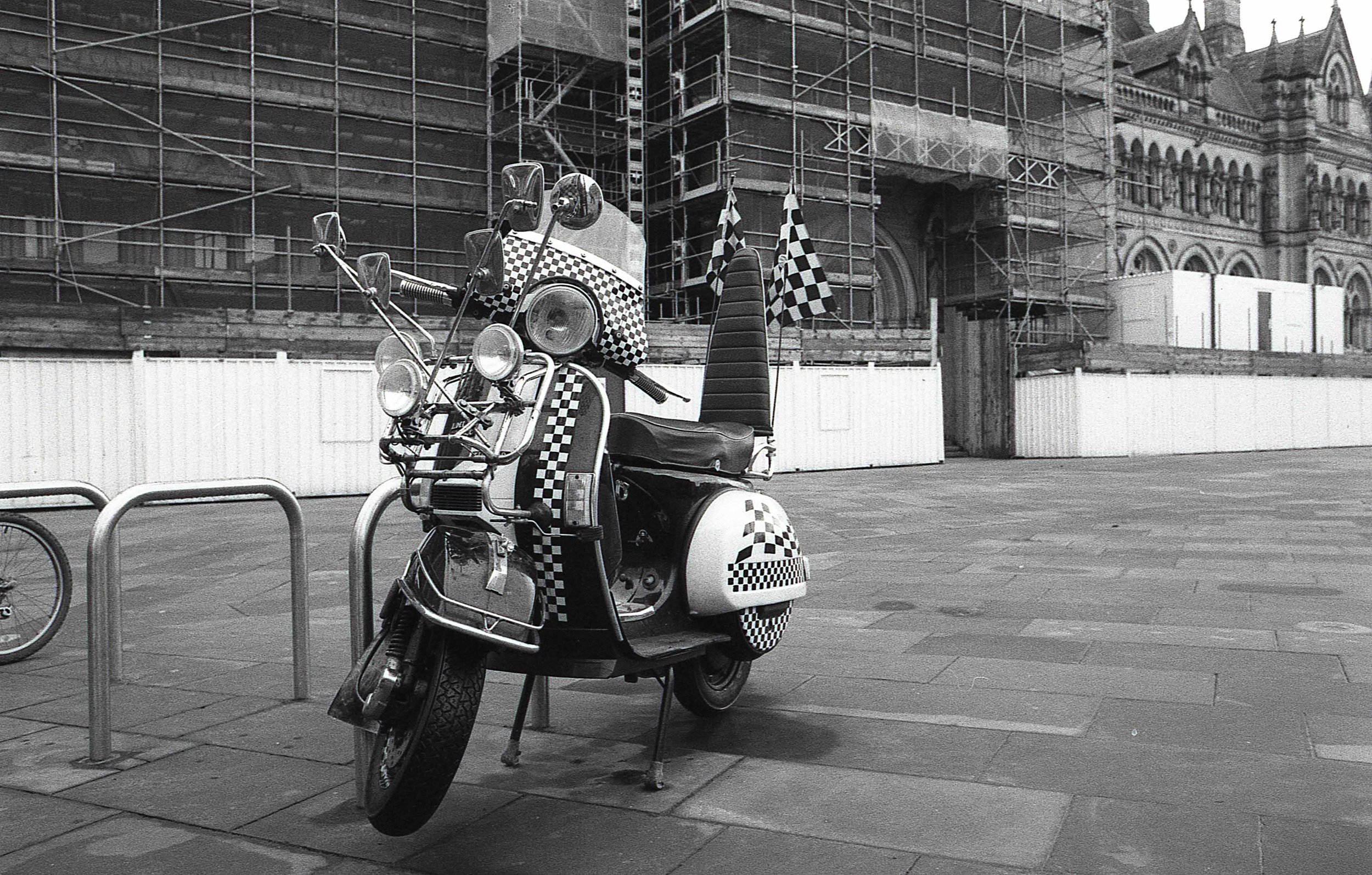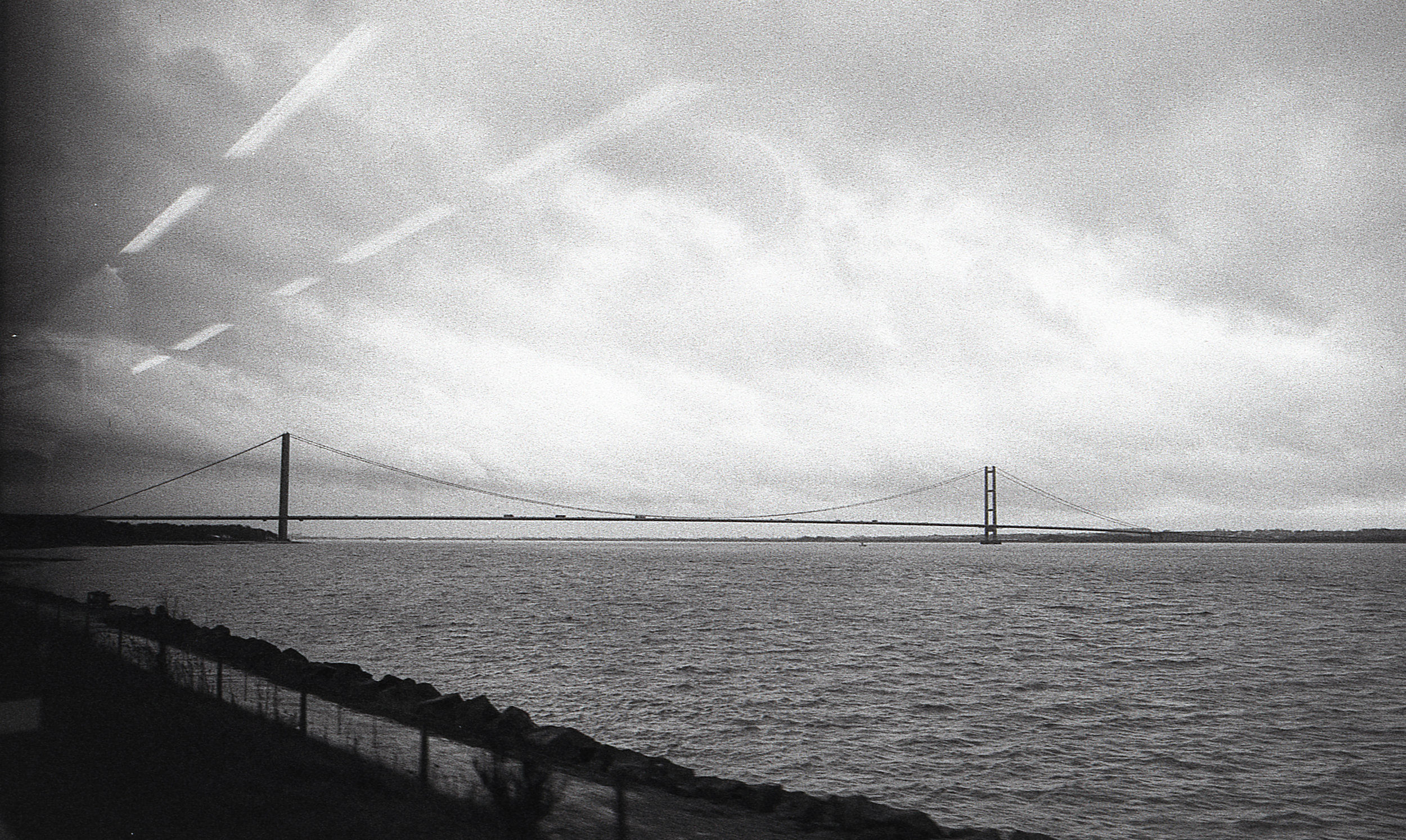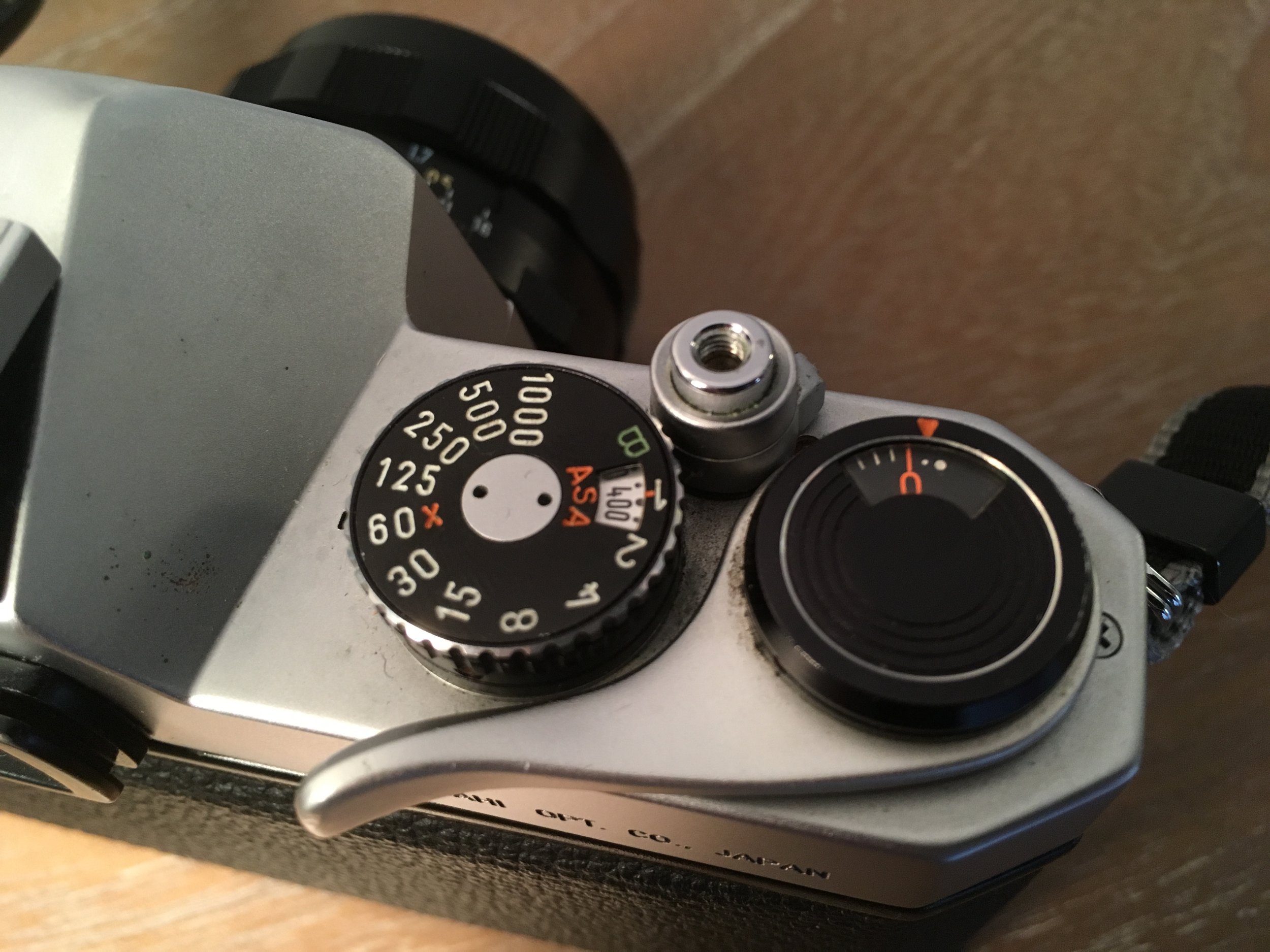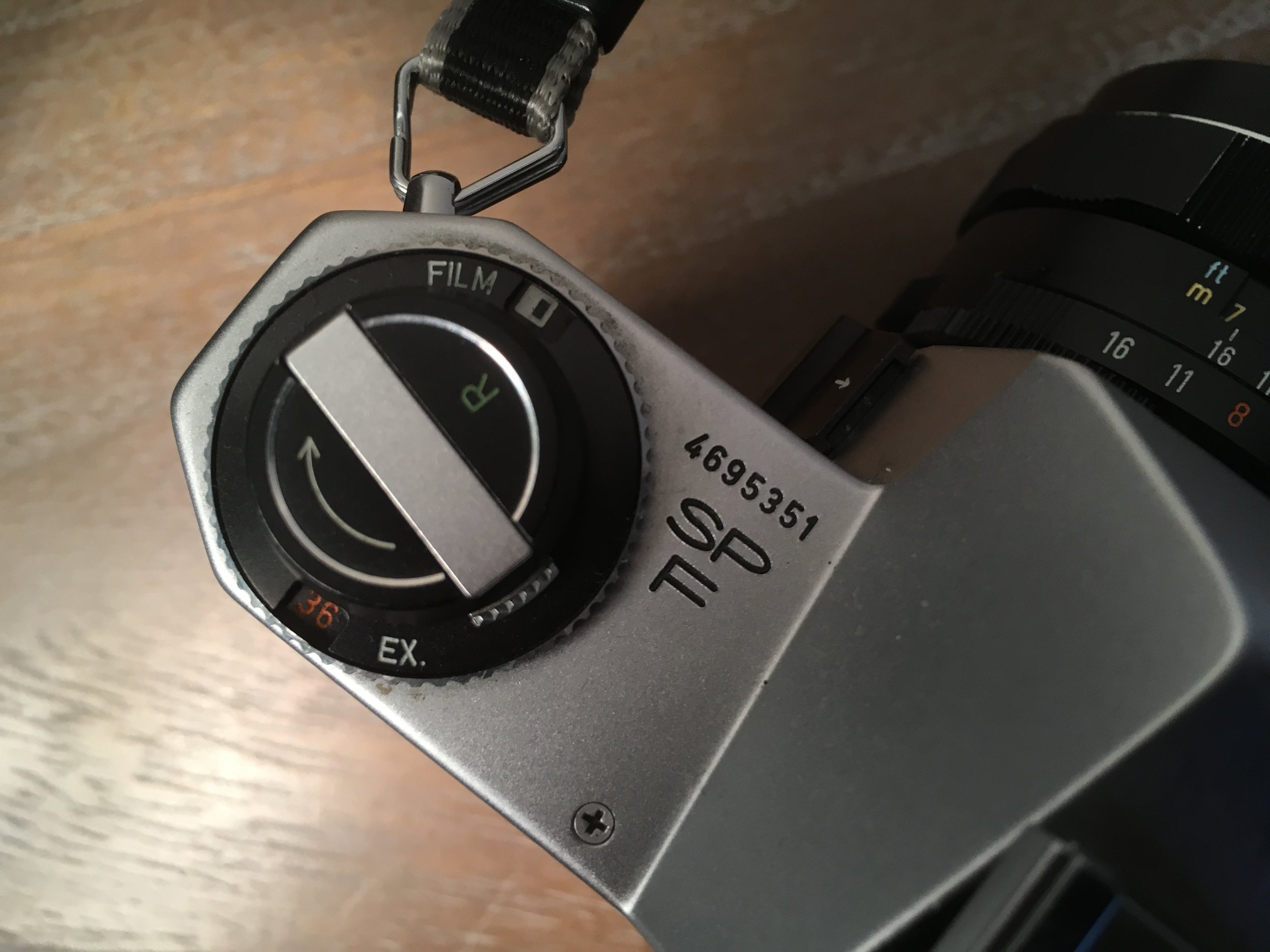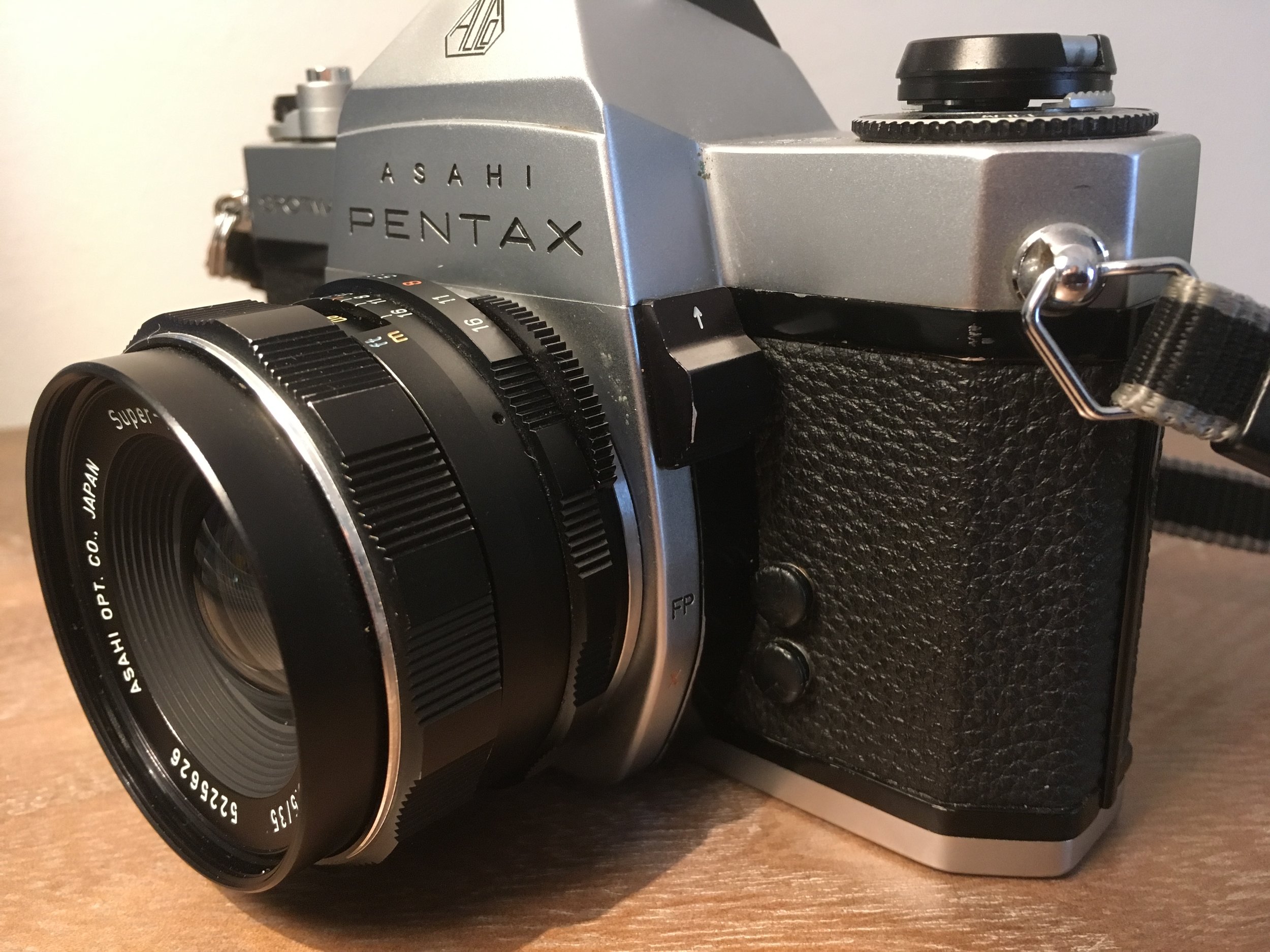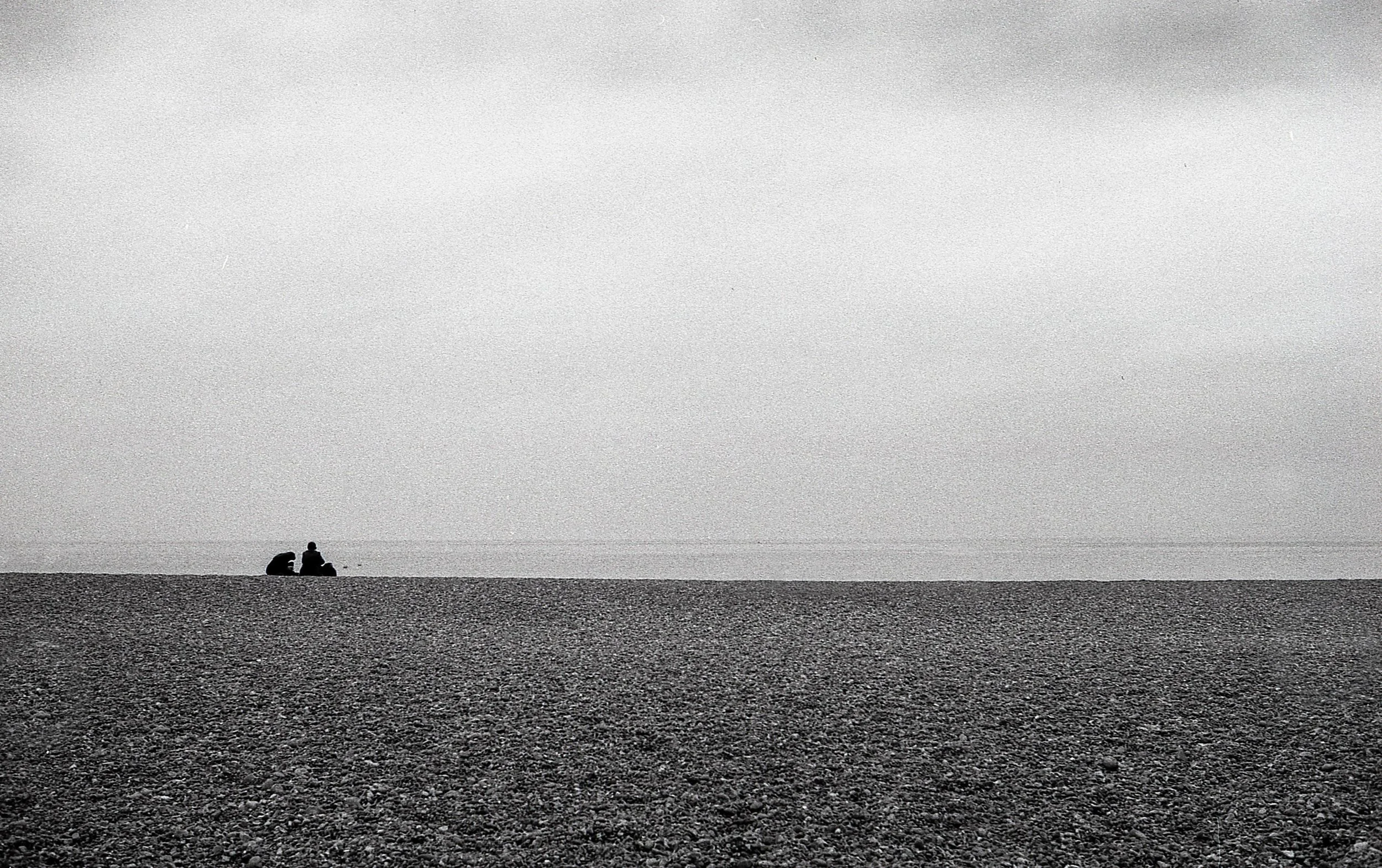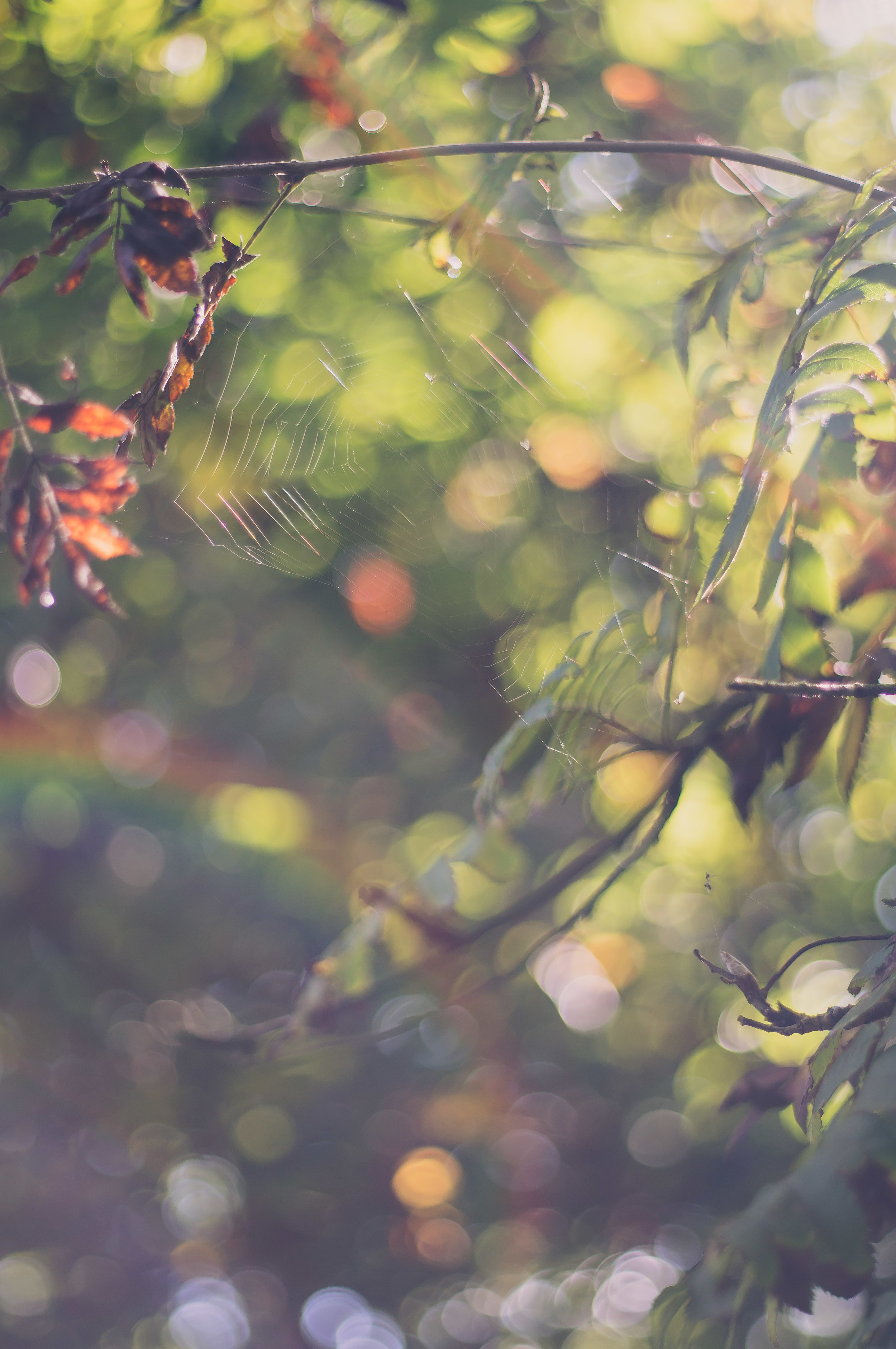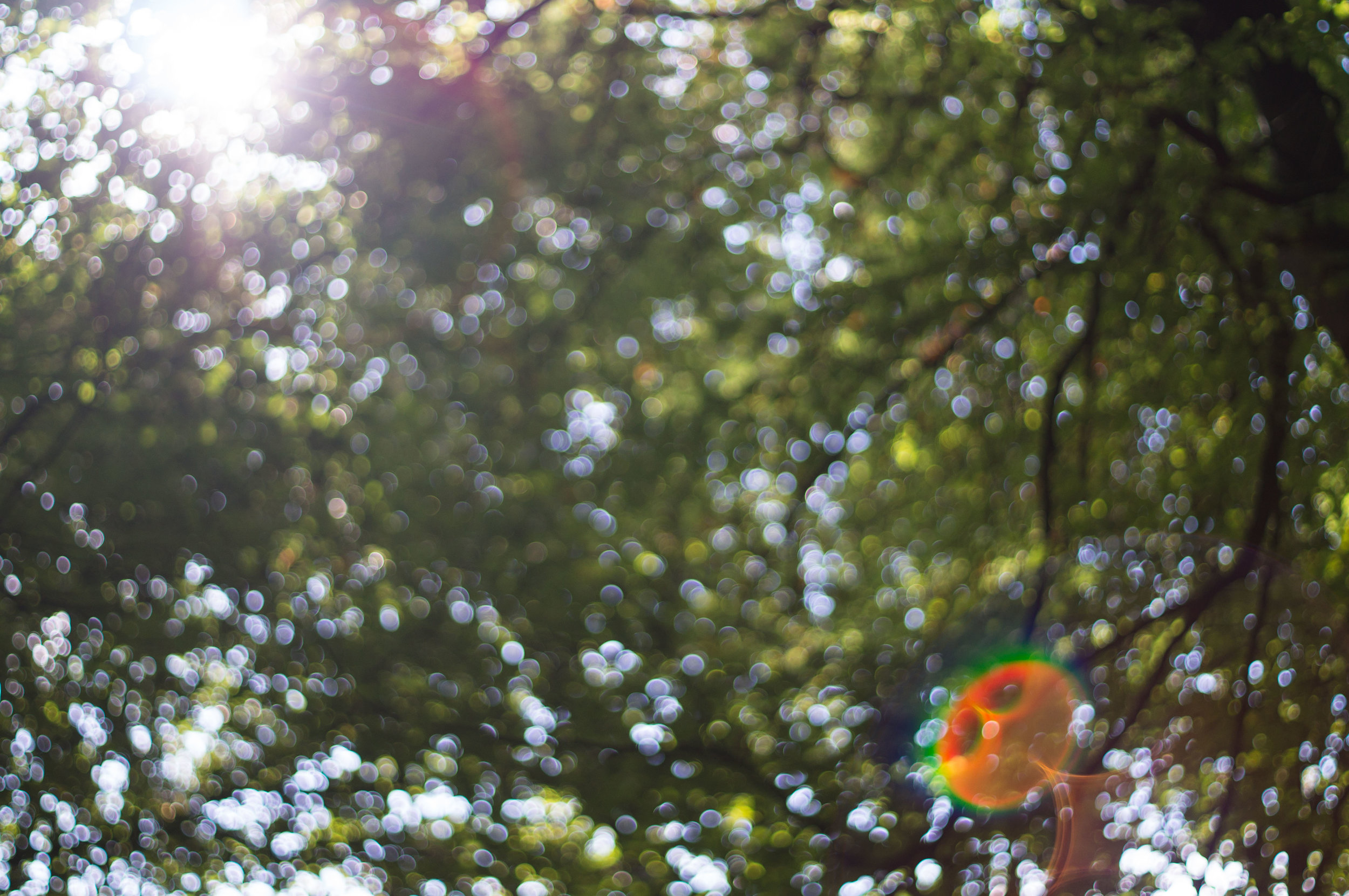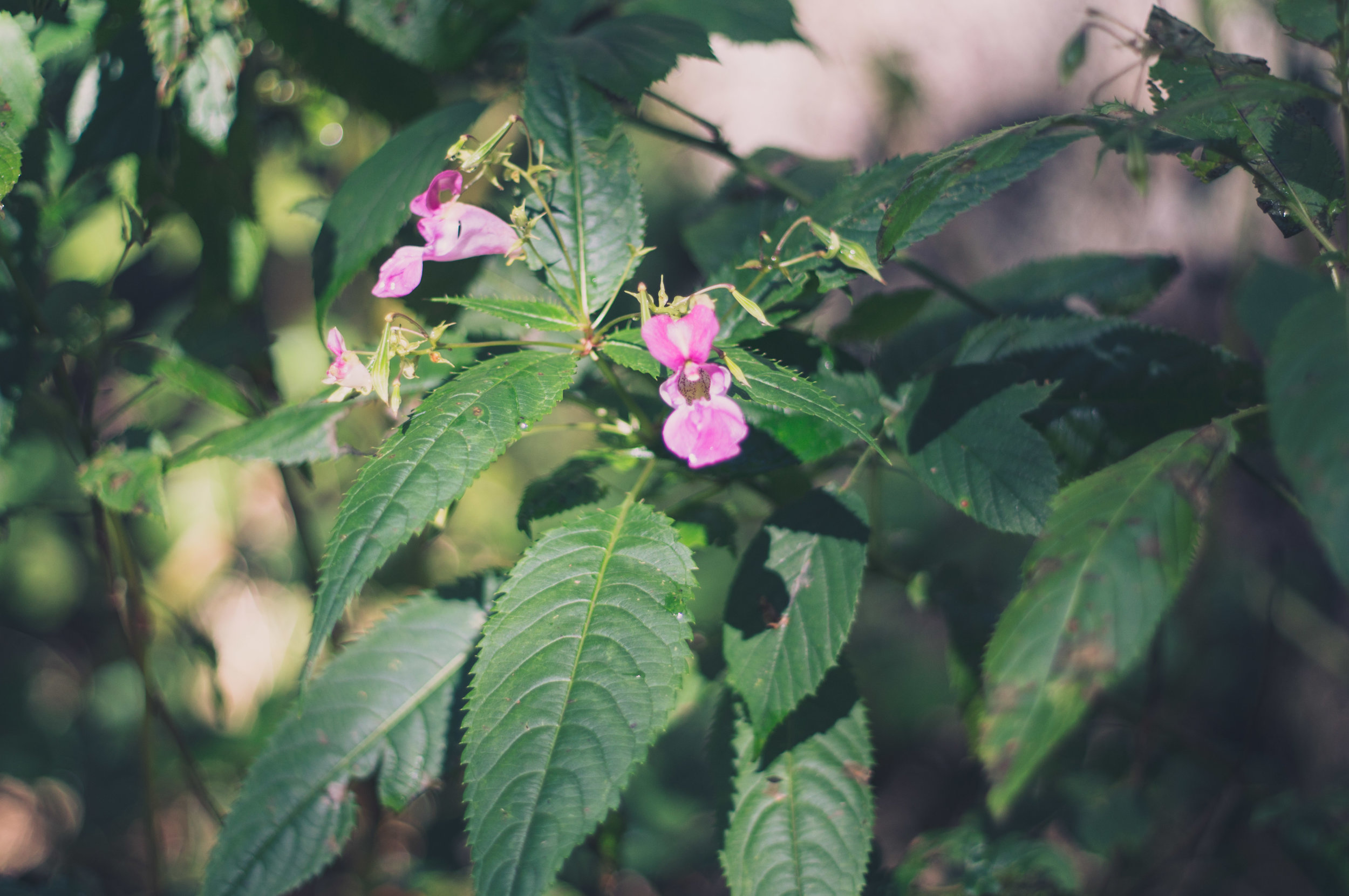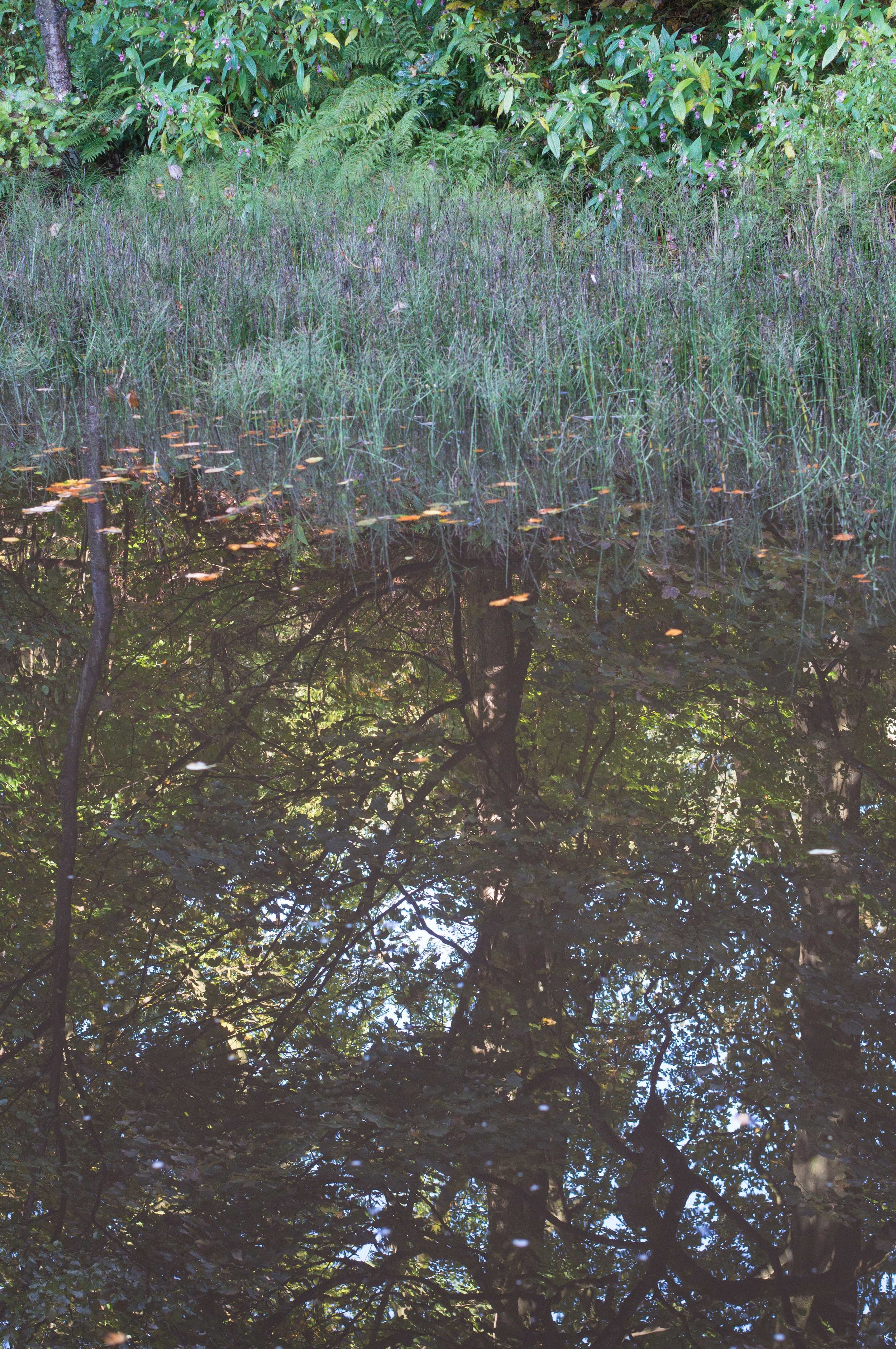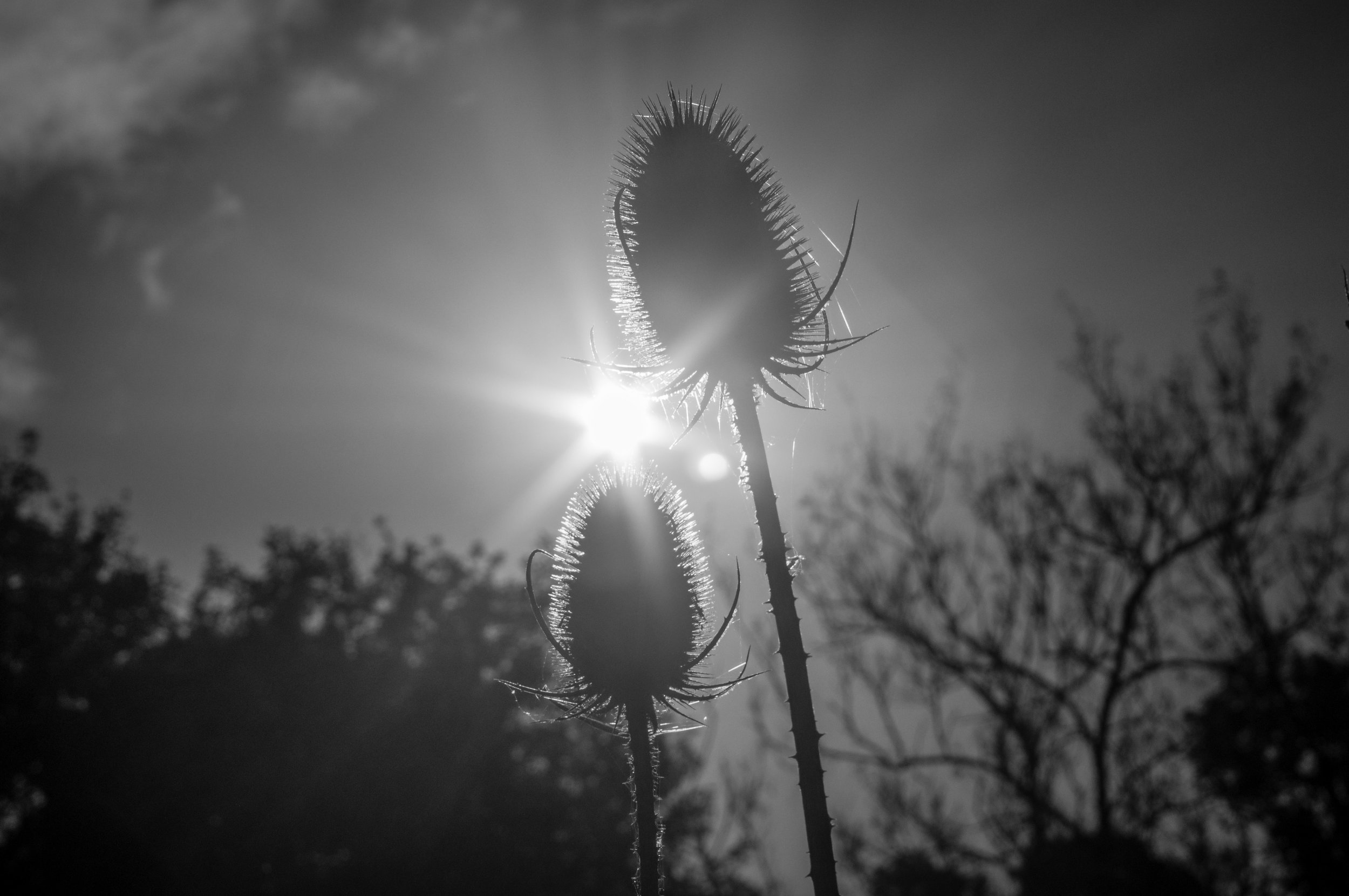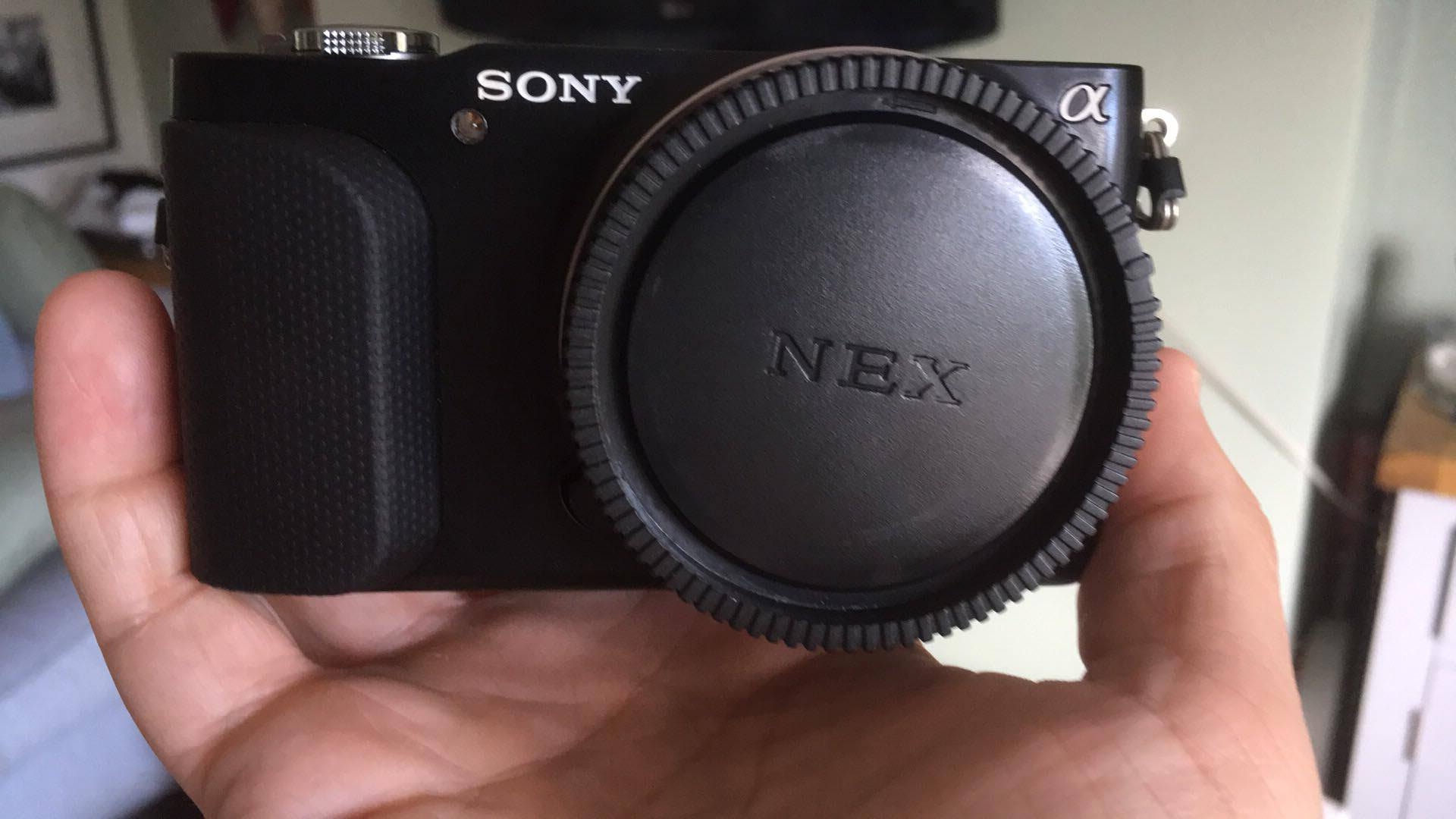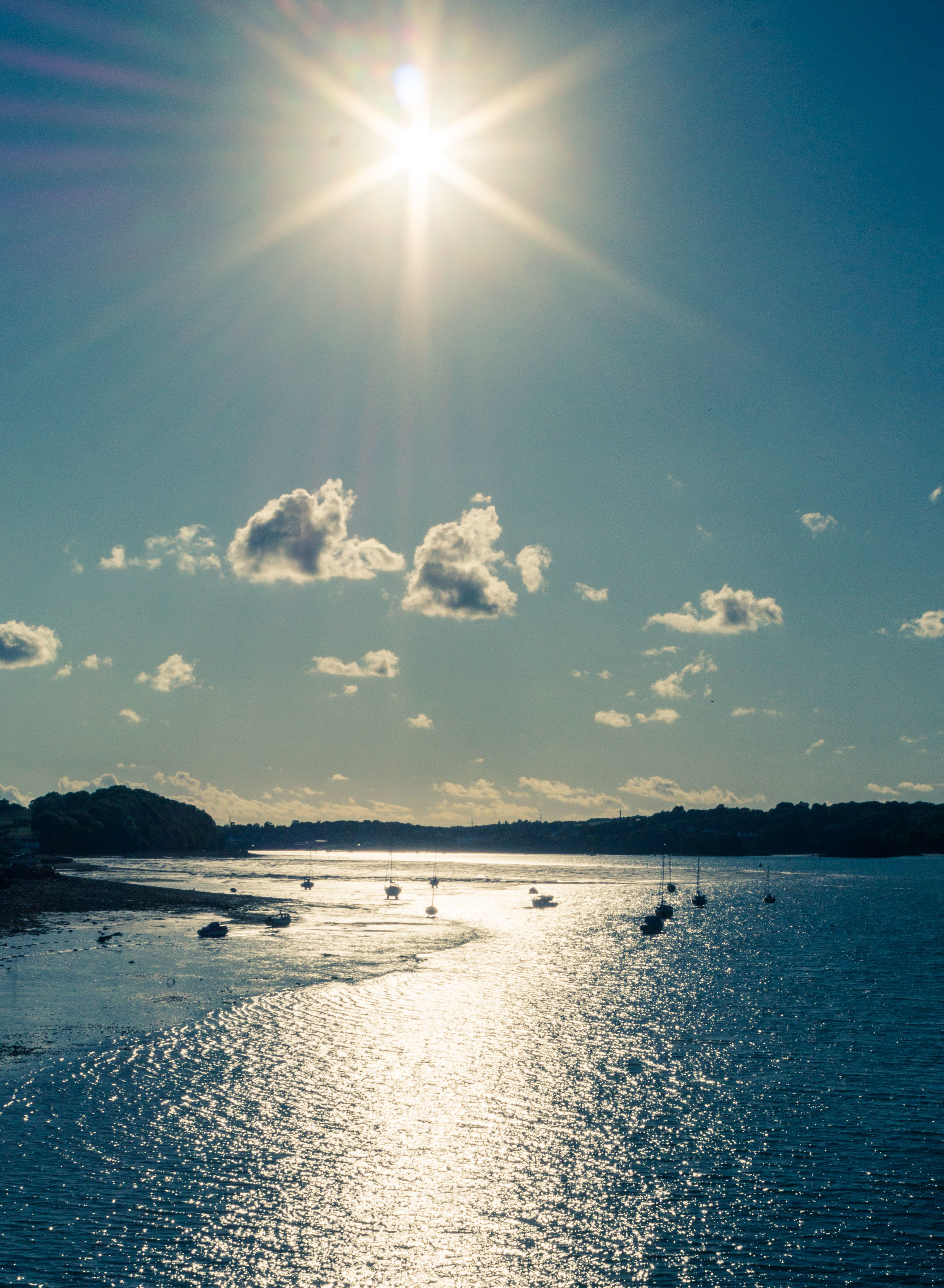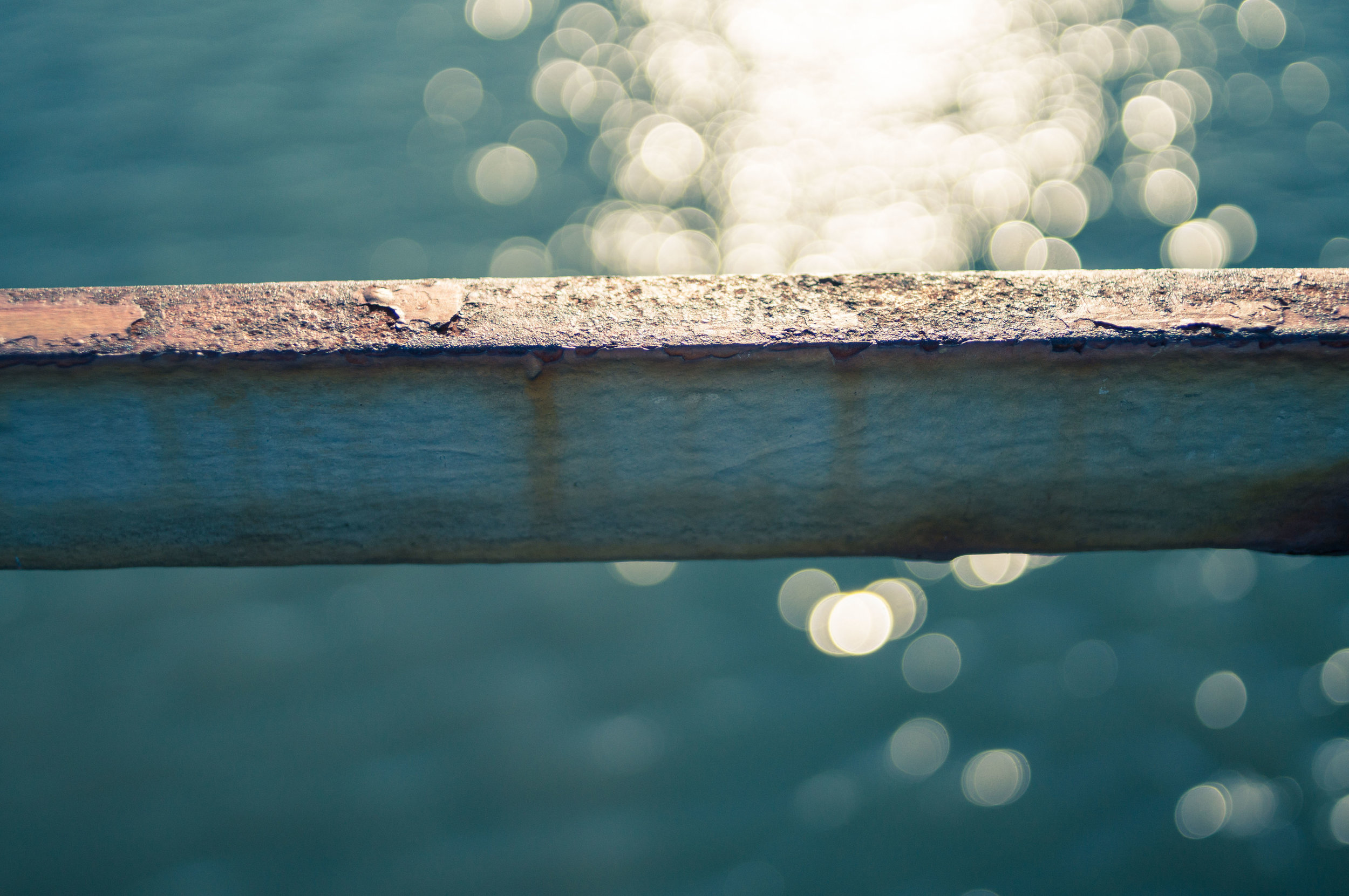Just a quick post today to basically say YAY and Hurray as I share the news that I am appearing as a guest contributor/blogger/waffler on the amazing film photography website Emulsive! here's a link to my first article and hopefully the first of many more to come -a huge thank you EM from Emulsive for accepting me into the fold, it's a great website with loads of fantastic images and stories from around the wold so I am mighty pleased to join their ranks :) Take a look HERE
You'll recognise the images from a street shooting trip to Leeds last summer with a Rollei 35S and some Rollei Retro 400S film.
And double yay becuase I've also been featuured in World on Film which you can see HERE a this one was another street shooting advenutre to wildest Sheffield! huge thank you to Stephen at World on Film - it's a greta resource with some amazing photographers sharing their stories and I am delighted to be part of that! More to come!
Fear not - I'll be back very soon with more Camera, Lens and film review goings on and also an update on some of my recent commercial projects too that help pay for all this film photography tomfoolery!













